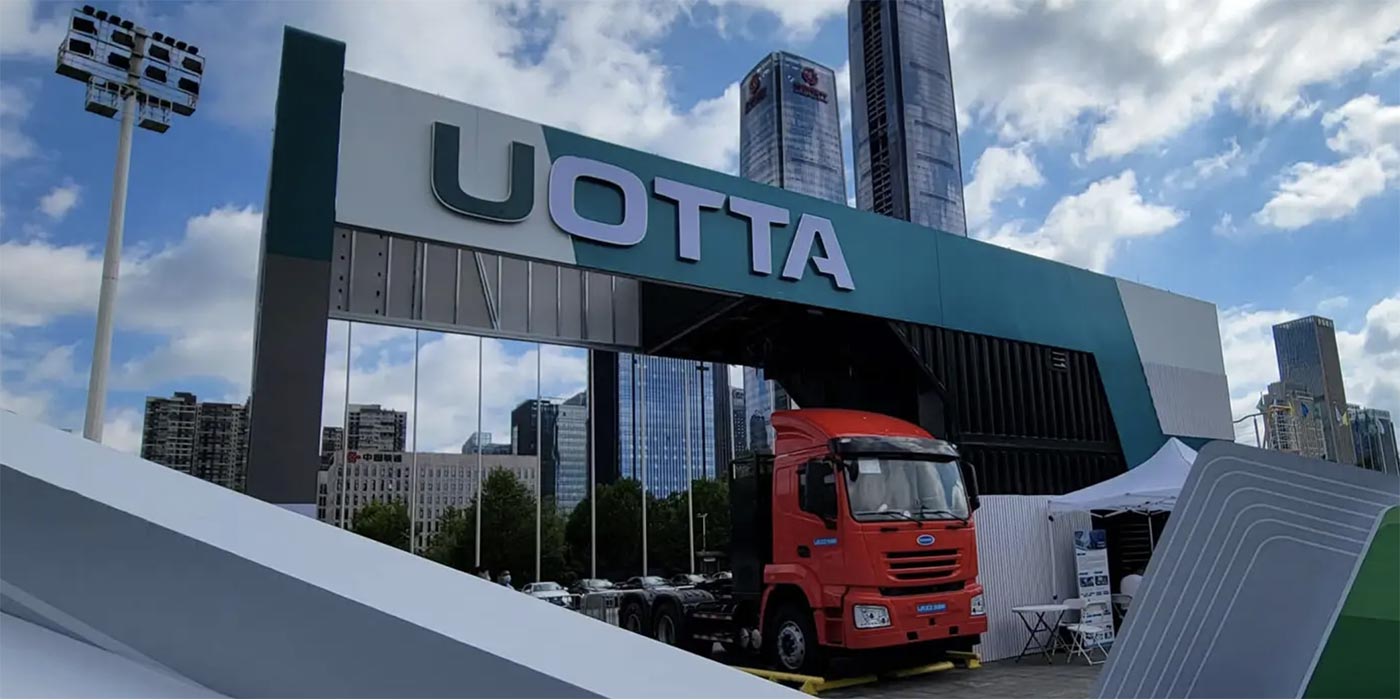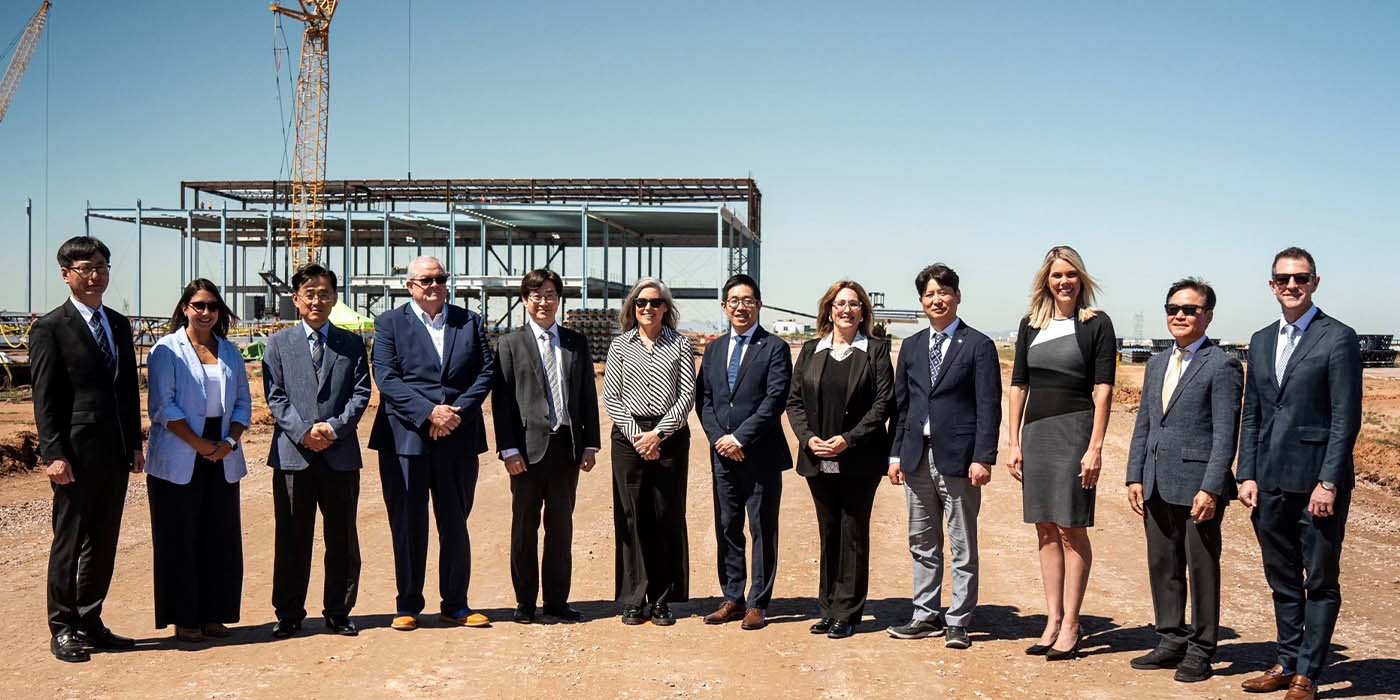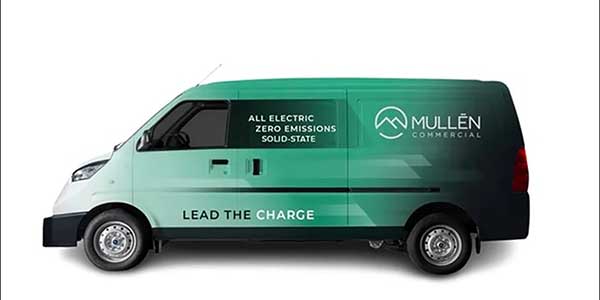The battery is the beating heart of the EV. And as one of the premier components of these new-fangled vehicles, there are a lot of companies out there competing to make the best version possible.
The interesting part about innovating the battery is its sheer potential to both change the world and make a lot of money. Big, powerful batteries are everywhere and power much more than our cars nowadays, and when they do, the technology often overlaps with what’s going on in the automotive world.
The thing about innovating something with such a high profile is… sometimes people just say things – they say things whether or not its actually viable just for publicity, or to rack up the likes on Facebook, or charm a suitor, or start a cold war, or whatever it might be. So, today, I’m looking at a few of these battery so-called “breakthroughs” to tell you if it’s real, or so fake it makes me want to keel.
First in the lineup is a new EV battery material that promises a cheaper end-product, a lower carbon footprint and renewable raw materials. It is batteries made of wood.
It’s real!
OK, so admittedly it isn’t exactly as it sounds – you don’t just stick a couple of crocodile clips onto a tree stump, throw it into the bed of an electrified pickup truck and call it a day. The idea, based on a partnership from renewable products company Stora Enso, and battery manufacturer Northvolt, is to create a sustainable battery featuring an anode produced using lignin-based hard carbon produced from Nordic forest wood.
Lignin is an organic polymer found in plants – so technically, these batteries wouldn’t be made from wood, but they’d be made using material – the lignin – found in wood. Now, trees are composed of 20–30% of lignin, and it’s one of the biggest renewable sources of carbon anywhere.
Sourcing this material in this way, the companies say, would lower both the carbon footprint of the battery and the cost. The companies also believe that EVs wouldn’t be the only use case here, as stationary energy storage is also viable.
Next up is a technology that could turn skyscrapers – the actual buildings themselves – into essentially enormous batteries that could be used to power cities.
It’s real!
Yes, believe it or not, this is a real idea with some real viability. In a recent study published in the journal “Energy,” IIASA researchers propose using gravity to our advantage to use elevators and empty apartments in these very tall buildings to store energy, actually turning them into real batteries.
This idea, which the authors call “Lift Energy Storage Technology”, stores energy by lifting wet sand containers, which are transported remotely in and out of an elevator with autonomous trailer devices. Now, to make this work, the power capacity would have to be installed in elevators with regenerative braking systems. There are over 18 million elevators in operation globally, and many of these spend a lot of time… not doing anything. The idea here is that when the elevator is not being used to move people, it could be used to store or generate electricity.
The best part is that elevators are already installed in high-rise buildings, which means there’s no need for a huge additional investment. It’s just using what is already there in a different way to create additional value for the power grid – and the building owner to boot.
What’s the EV connection? Well, anything that can take some strain off the grid is a good thing to EV owners. It means lower energy costs and more EVs being able to charge in one area at one time.
Here’s the last one for today: There are now EV battery cells out there that are successfully fast-charging from 0-80% in five minutes.
It’s not real – but it actually doesn’t make me want to keel, either, because they’re close.
It’s true, battery manufacturer Enovix Corporation recently demonstrated the ability of its .27 amp-hour electric vehicle test cells to charge from 0-80% charge in – not 5 minutes – but 5.2 minutes! These cells also went on to achieve about a 98% charge capacity in under 10 minutes.
The company’s technology, developed as part of the Department of Energy’s grant program pairing active silicon anodes with EV-class cathode materials, is also able to maintain a relatively high cycle life. Enovix says its cells surpassed 1,000 cycles while retaining 93% of their capacity.
What’s more, the company says testing has demonstrated that after six months at elevated temperatures, its batteries had what they referred to as “minimal” capacity loss. As such, Enovix projects a calendar life of greater than 10 years for these batteries.













